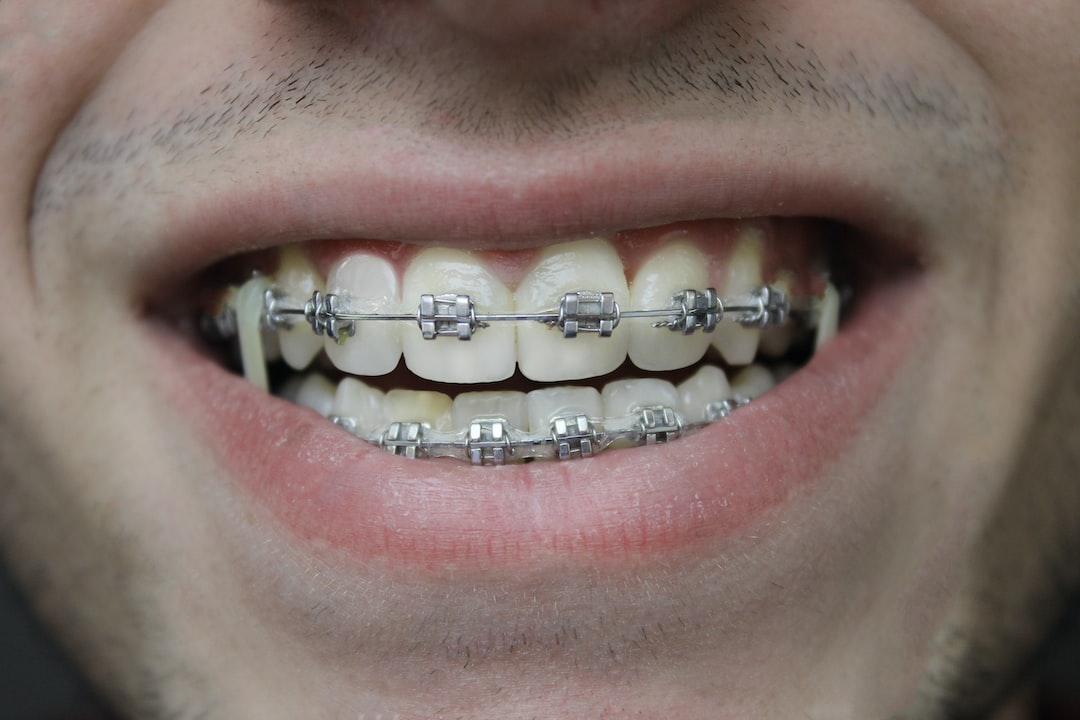Comprehensive Guide to Orthodontics Treatments for Fixing Dental Misalignments
In the world of orthodontics, the journey to attaining a perfectly straightened smile involves a myriad of treatments customized to correct dental misalignments. From standard dental braces to unseen aligners and also medical choices, the field of orthodontics offers a variety of services to attend to differing levels of oral abnormalities. Understanding the complexities of each treatment, including their devices, benefits, and prospective drawbacks, is essential in making informed choices about one's orthodontic therapy. As we navigate with the extensive overview to orthodontic treatments for dealing with dental misalignments, the intricate details of each technique will certainly unfold, dropping light on the course towards a practical and harmonious oral alignment.
Orthodontic Procedures Introduction

In addition to clear aligners and standard dental braces, orthodontists might likewise advise various other interventions like headgear, palatal expanders, or retainers to address details positioning problems (invisalign). These treatments are customized to each patient's special needs and might include a mix of therapies to accomplish the preferred results. Regular changes and tracking are crucial components of orthodontic treatment to make sure progress gets on track and to make any essential adjustments along the road. By undergoing orthodontic treatments, people can not only accomplish a straighter smile but likewise enhance their overall dental wellness and feature.
Conventional Braces: Just How They Function
When taking into consideration orthodontic treatments for oral imbalances, typical dental braces stand out as a time-tested technique for fixing teeth positioning. Typical dental braces consist of brackets, cords, and bands that work with each other to use constant stress on the teeth, gradually moving them right into the desired placement.
One trick aspect of exactly how traditional braces work is the procedure of bone improvement. As stress is related to the teeth via the braces, the bone surrounding the teeth is reshaped to support the brand-new tooth placements. This renovation is crucial for the long-lasting stability of the corrected positioning. Clients will require routine modifications at the orthodontist's workplace to guarantee the braces remain to apply the appropriate stress for reliable teeth activity.
Invisible Aligners: Cons and pros
These clear, custom-made trays are practically invisible when used, making them an enticing alternative for people seeking an extra aesthetically pleasing orthodontic treatment. People can get rid of the aligners before consuming or additional hints cleaning their teeth, reducing the threat of food getting stuck in the device and simplifying the cleaning procedure.

Surgical Orthodontic Options
Surgical treatments in orthodontics existing feasible options for resolving complex dental misalignments that may not be effectively resolved via traditional orthodontic treatments. While conventional braces and undetectable aligners can remedy lots of orthodontic issues, specific situations need medical intervention to attain ideal results. Surgical orthodontic alternatives are usually suggested for extreme malocclusions, significant jaw discrepancies, and instances where the underlying bone structure needs modification to attain proper alignment.
One common medical orthodontic treatment is orthognathic surgical treatment, which entails rearranging the jaws to correct functional issues such as problem speaking or eating. This surgery is typically carried out in partnership with an orthodontist that assists straighten the teeth prior to and after the procedure. Surgical orthodontics may additionally involve treatments to reveal impacted teeth, remove excess periodontal tissue, or improve the jawbone to develop a much more harmonious face account.
Before taking into consideration medical orthodontic alternatives, patients undertake a detailed assessment to establish the need and potential advantages of such treatments. invisalign. While surgical procedure may seem challenging, it can substantially enhance both the feature and looks of the smile in cases where conventional orthodontic therapies click here now fall short
Retainers and Post-Treatment Care

Failure to abide with post-treatment treatment directions can result in regression, where the teeth slowly move back towards their initial placements. Regular retainer wear, good dental hygiene, and routine oral examinations are important for maintaining the results accomplished with orthodontic surgery and making sure the lasting stability of the remedied oral positioning.
Final Thought
To conclude, orthodontic treatments offer different choices for dealing with oral misalignments. Typical braces make use of metal braces and cords to shift teeth right into appropriate positioning. Invisible aligners provide an even more discreet option yet may not appropriate for all cases. Surgical orthodontic choices are offered for extra severe misalignments. Retainers are frequently made use of post-treatment to preserve the brand-new alignment. Generally, orthodontic treatments can effectively boost oral health and visual appearance.
As we navigate via the extensive overview to orthodontic treatments for fixing oral imbalances, the intricate information of each method will unravel, losing light on the path toward a functional and harmonious dental alignment. - cumming invisalign
One of the most common orthodontic treatments is the usage of dental braces, which are composed of metal brackets and wires that apply gentle pressure to slowly change teeth right into the desired position.When thinking about orthodontic therapies for oral imbalances, typical braces stand out as a time-tested technique for remedying teeth placing. In addition, unseen aligners might not be ideal for complicated orthodontic concerns that call for even more substantial teeth activity, as they are typically recommended for mild to moderate cases. Retainers are tailor-made orthodontic tools made to hold teeth in their dealt with placements after the conclusion of orthodontic therapy.